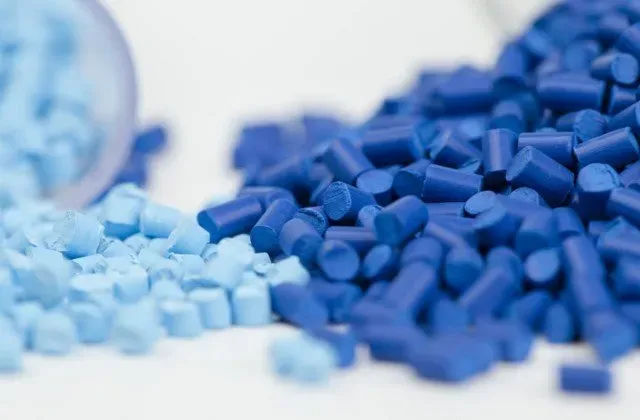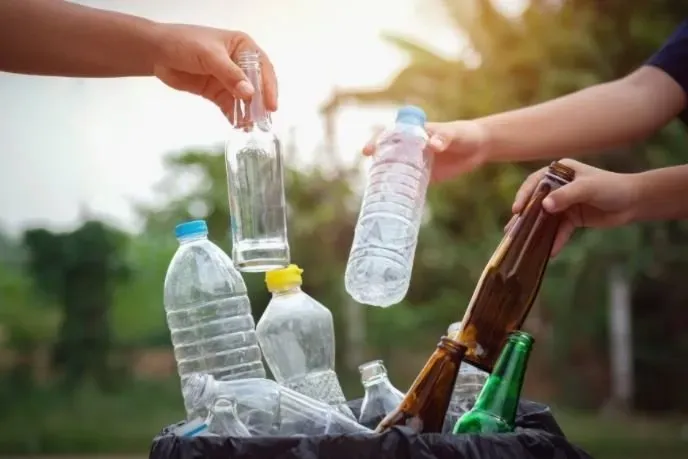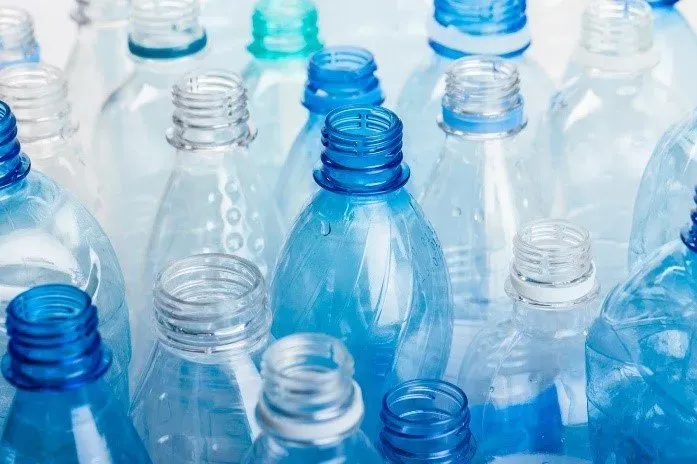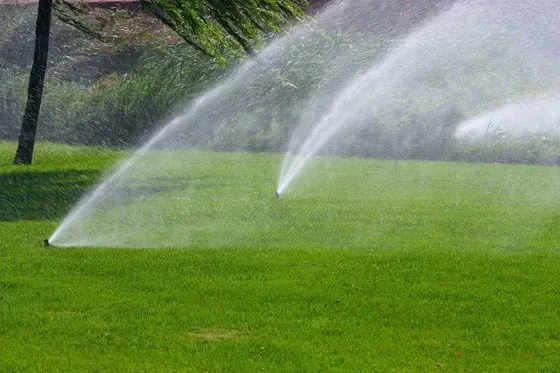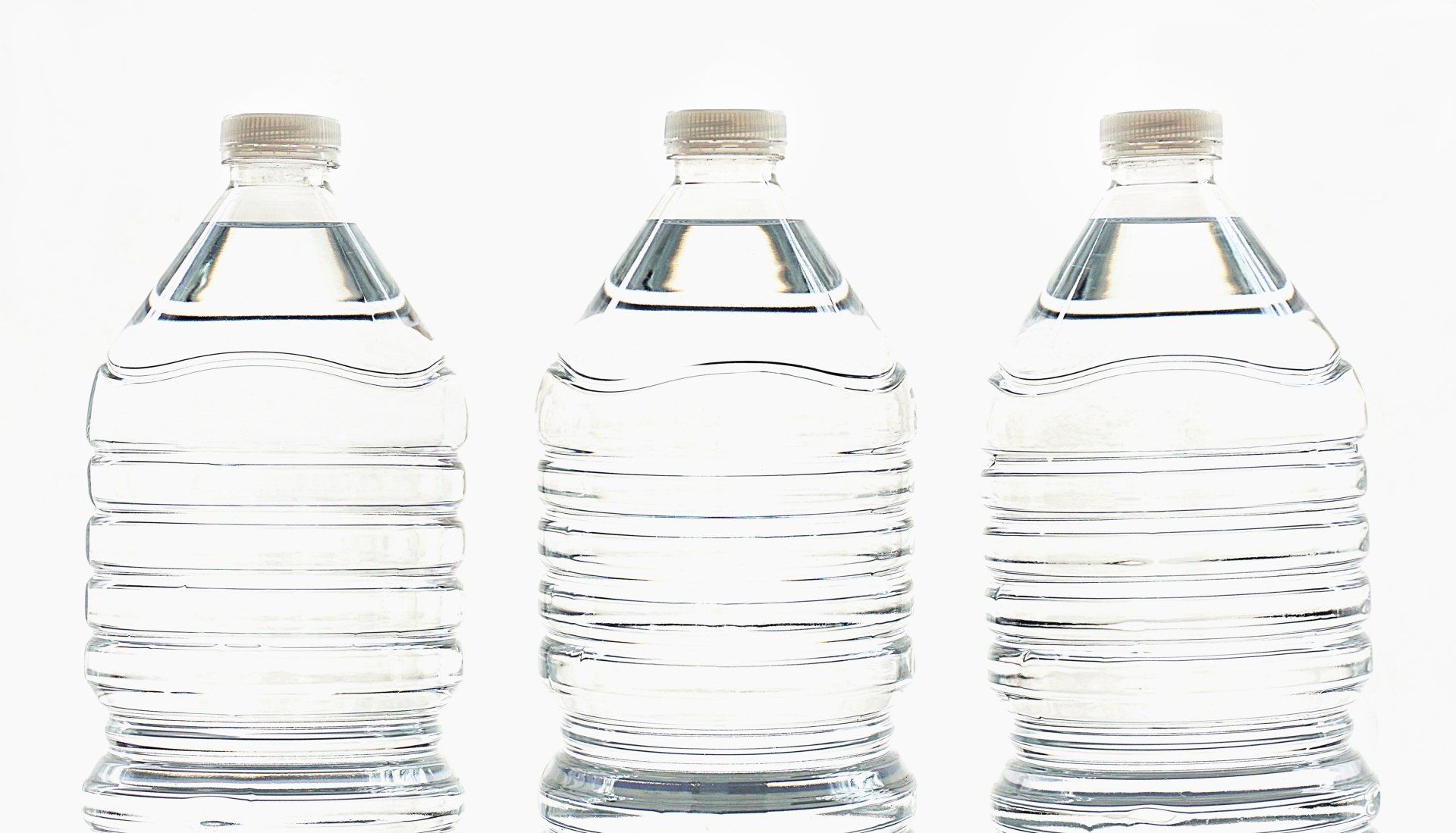WHAT IS PLASTIC THERMOFORMING?
WHAT IS PLASTIC THERMOFORMING?
Plastic is one of the most important materials in modern life; it's a vital component of everything from electronics to medical equipment. Plastic is strong, lightweight, affordable, and available in a wide range of colors. It's also available with increased strength, corrosion-resistance, and other useful qualities.
Perhaps most importantly, plastic can be molded into virtually any shape, and it retains this shape with incredible fidelity. However, plastic is notoriously tricky to shape and mold, as it requires specific heat and pressure control. One of the most useful methods of forming plastic is known as thermoforming. Read on to learn about the process and benefits of plastic thermoforming.
What Is Thermoforming?
Plastic is rigid, strong, and flexible, but this is only at room temperature. At high temperatures, it can be formed to get whichever shape you want. Some plastic manufacturing techniques involve pressing liquid plastic into molds, while others draw tubes through dies.
Thermoforming typically involves heating a sheet of plastic and stretching it over a mold. When the plastic is heated, it can easily stretch over any type of mold without tearing or breaking. As it cools, however, it hardens and solidifies, permanently retaining the new shape. The formed piece will then be trimmed of excess plastic, leaving the finished plastic product ready for use.
The concept of thermoforming has been known for thousands of years. In ancient Rome, artisans would heat turtle shells to make them pliable, then form them into bowls, tools, and other utensils. That same principle would be expanded upon in the 1860s with the invention of celluloid, and plastic would go on to be used in everything airplane parts, ping pong balls, and everything in between.
How Does Custom Thermoforming Happen?
Modern thermoforming relies on the use of custom molds. If someone needs custom plastic parts, they'll design a mold to be used in thermoforming. The thermoforming provider will then create a physical copy of the mold.
Vacuum thermoforming is the process of using a vacuum to hold the plastic in place while the plastic cools, allowing the plastic to harden and retain maximum fidelity. This also allows for intricate textures to be transferred directly from the mold onto the finished product.
What Plastics Are Used in Thermoforming?
As you may expect, many different types of plastic can be used in thermoforming, and each offers different benefits. Some of the more useful plastics include:
- High-density polyethylene (HDPE). This plastic is very strong but nonetheless lightweight, giving it high overall versatility.
- Low-density polyethylene (LDPE). Similar to HDPE, LDPE is softer, making it useful in certain applications. It's also more resistant to chemical reactions.
- High-impact polystyrene (HIPS). As the name suggests, HIPS is very strong against impacts, making it useful for things like countertops and signs.
- Acrylonitrile butadiene styrene (ABS). ABS is strong, affordable, and corrosion resistant, though it tends to warp at high temperatures.
- Rigid polyvinyl chloride (RPVC). This useful plastic is particularly strong against weather and is often used in aquatic circumstances.
What Are Some Common Uses for Thermoformed Plastic?
Thermoforming is useful wherever a designer or engineer wants to make use of lightweight materials that will maintain specific, often complex shapes. Some of the more common uses of thermoformed plastics include:
- Disposable food ware, including cups, plates, lids, and clamshell containers
- Toys, such as ping pong balls and board game pieces
- Piano keys
- Medical equipment covers
- Smartphone parts
- Agricultural equipment
- Car interiors
Seiler Plastics is your trusted provider for custom plastic thermoforming and other plastic services and products. We've made it our mission to provide people like you with affordable, high-quality plastics for any and all endeavors. Contact us today to learn more.


